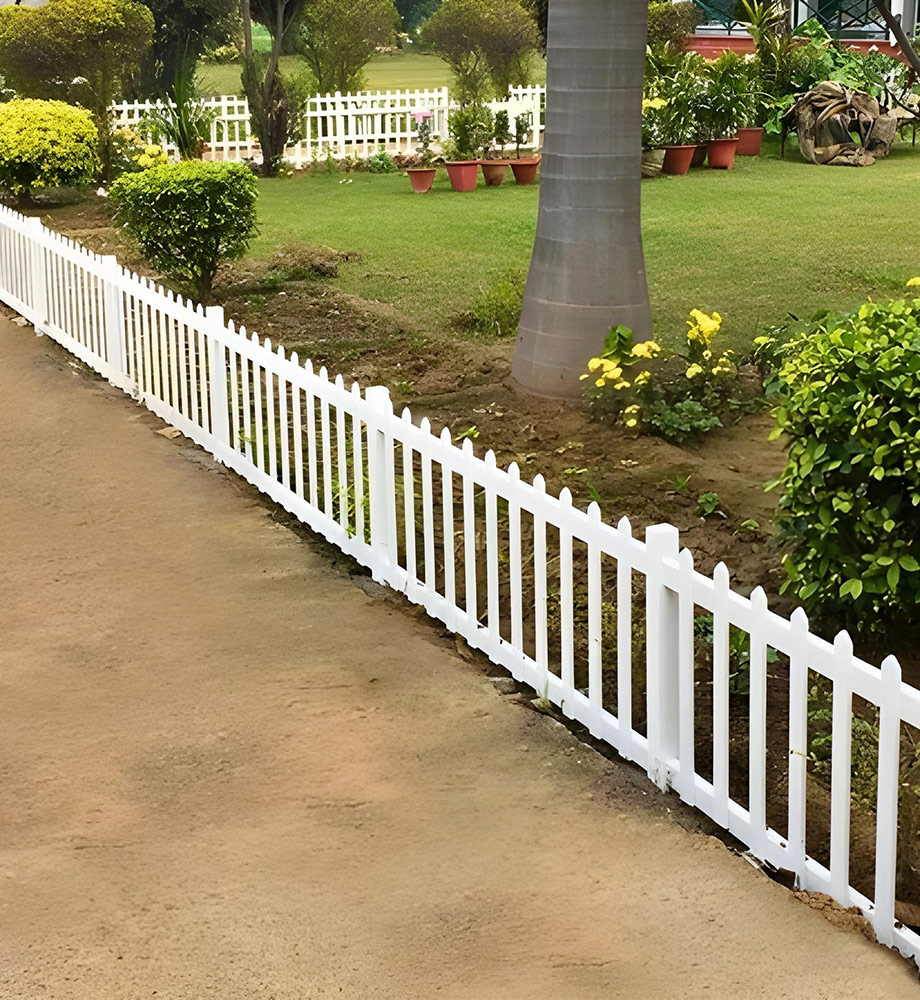Key Features
- Non-Conductive: Electrically insulating fence components prevent unintended grounding or signal interference.
- High Strength: Pultruded FRP sections have excellent impact and tensile strength despite low weight.
- Non-Magnetic / RF-Transparent: Does not affect sensitive electronic systems (invisible to RF/microwave transmissions).
- Fire Retardant: Many systems meet flammability requirements (self-extinguishing resins).
- Anti-Cutting / Anti-Climb Options: Special weaves and coatings make the fence resistant to cutting tools and torches.
Benefits
- Secure Barrier: Provides robust security without the corrosion vulnerabilities of steel or aluminum fences.
- Low Total Cost: Long service life and minimal maintenance (no repainting or anti-corrosion treatment needed).
- Ease of Installation: Light panels bolt into pultruded posts; no specialized labor. Posts can be made to fit standard steel posts if needed.
- Aesthetics: Available in various colors and meshes; can be low-visibility if required (custom colors, see-through panels).
Applications
- Perimeter fencing for railway substations, control centers, and depots
- Protective barriers around high-voltage equipment and transformer yards
- Noise or wind barriers with integrated fence panels (custom acoustic/solid options)
- Any area requiring a strong, insulated fence (e.g. electrified yards)
Technical Specifications
- Material: Fiberglass-reinforced polyester or epoxy
- Panel Sizes: Common panel widths ~1.0–2.5 m, heights 2–3 m; mesh or solid
- Post Types: Square, round, or H-post pultrusions sized to load requirements
- Standards: Meets Fencing/Hazard Codes; many are in compliance with IEC/Railway standards for electrical safety
Unique Selling Points (USPs)
- Invisible to Radar/Microwaves: FRP fence does not reflect radio waves, avoiding interference
- Chemical Resistance: Impervious to salt spray, fertilizers, pool chemicals – suitable for coastal or industrial sites
- Patented Security Features: Some FRP fences (e.g. AIMS ENC®) are engineered so that any cut hole cannot be enlarged beyond the initial cut

